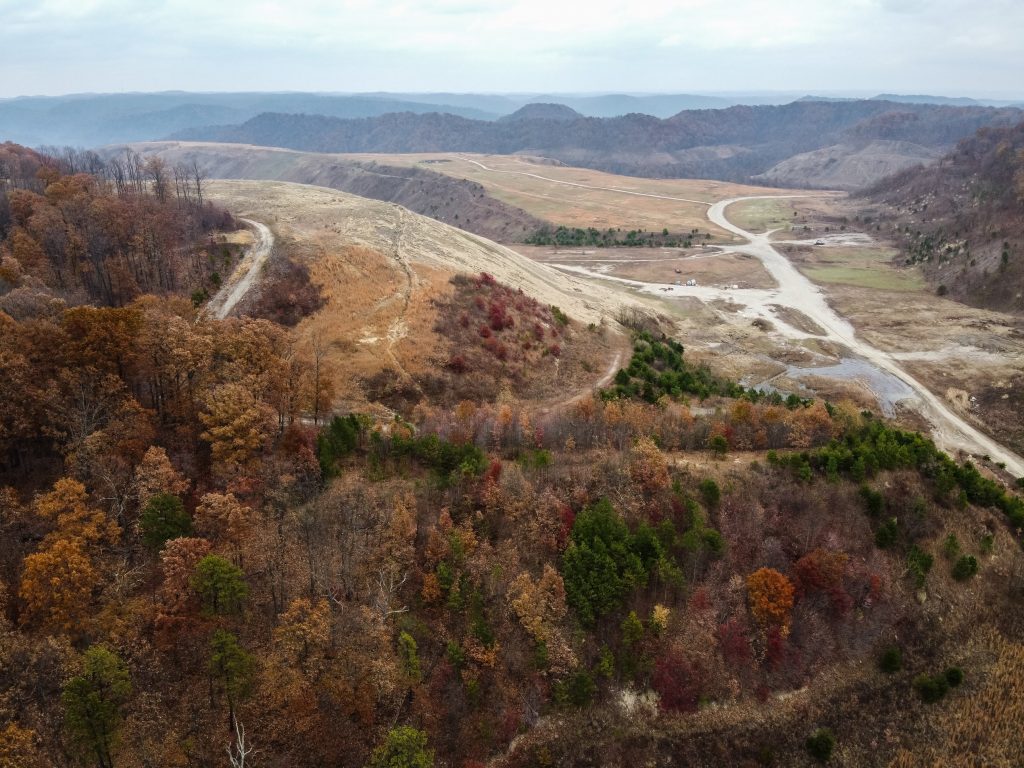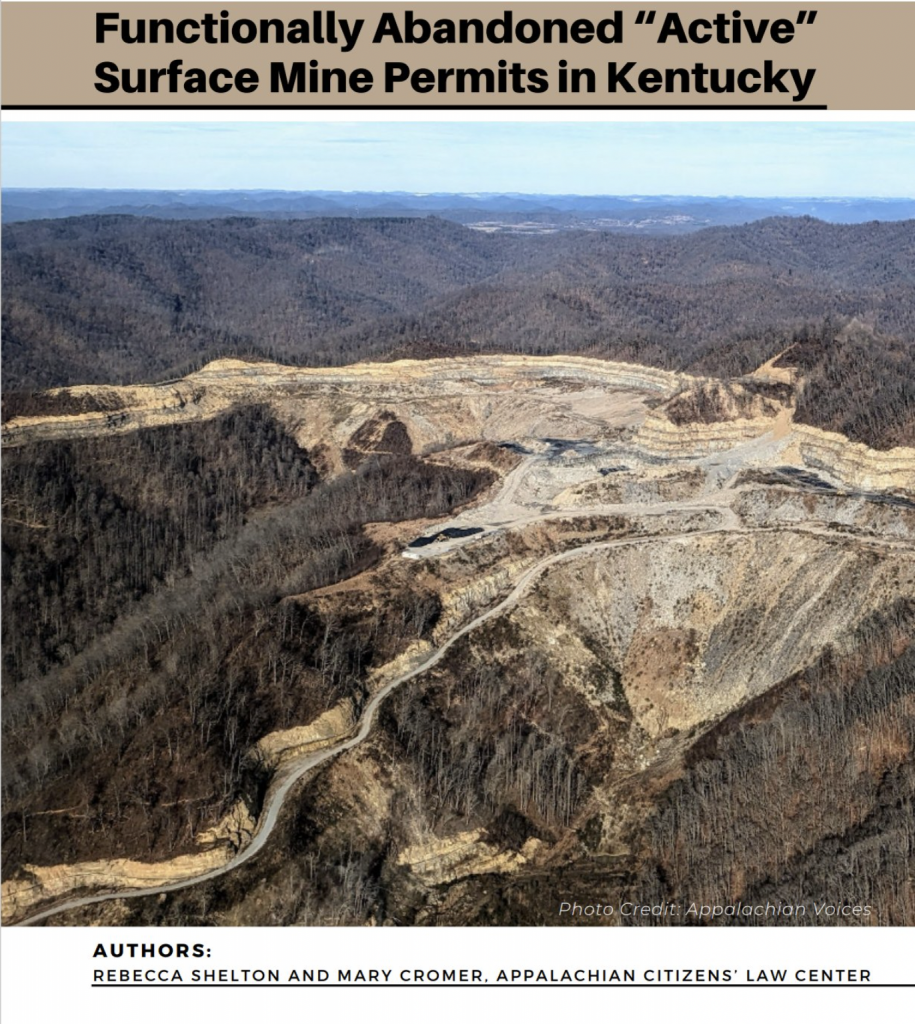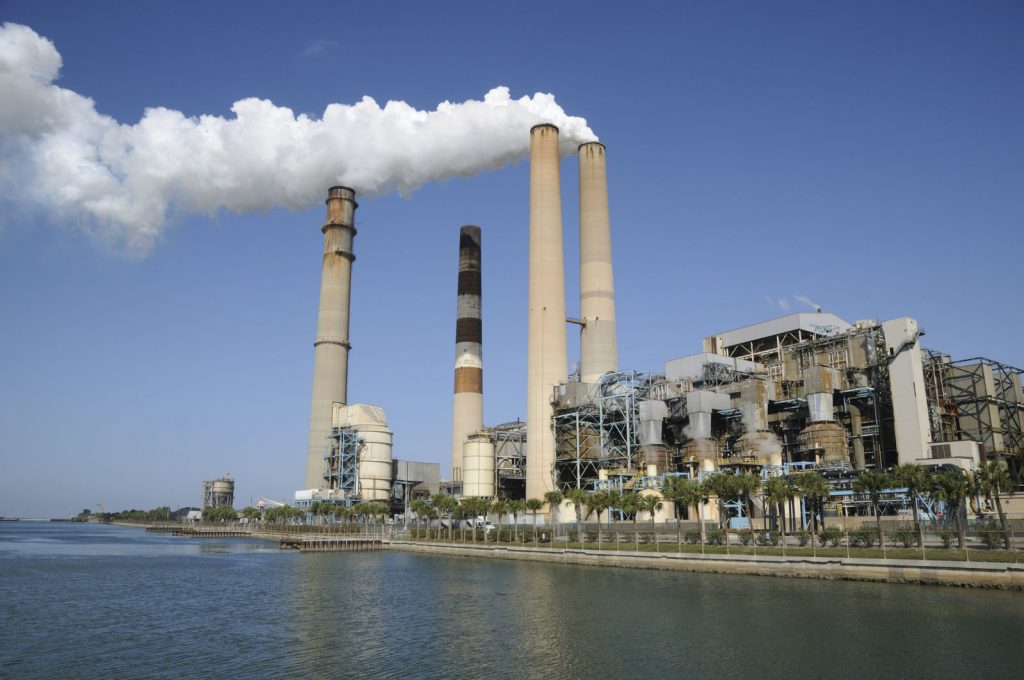Cleaning Up Coal Ash
For well over a century, power plants across the country have burned coal to generate electricity. And for just as long, leftover coal ash has been dumped in open, unlined pits near the power plant, usually located on a river or lake. Every year, U.S. power plants produce 130 million tons of coal ash, which is the second largest waste stream in the country after municipal garbage.
Coal ash concentrates the toxic heavy metals found in coal, including arsenic, mercury, lead and selenium. Stored in unlined, wet impoundments, coal ash has been leaking these toxics into our groundwater and surface waters for years. Sometimes these impoundments collapse — with disastrous results.
Yet government regulations for coal ash management are either non-existent or sparse, and there is little enforcement of the regulations that do exist. In North Carolina, this lack of oversight — and the complicity between state regulators, elected officials and Duke Energy — came to a boiling point in February 2014 when one of Duke’s coal ash impoundments spilled 39 million tons of ash into the Dan River.
Citizens living near North Carolina’s 33 coal ash impoundments — all of which have leaked — have fought for transparency from Duke and the state, and for cleanup of the pollution that threatens their property value, health and family. Their actions forced this issue into the headlines of news networks and to the forefront of environmental justice conversations in the United States.
Appalachian Voices stood with these communities as we worked for years to compel Duke Energy and the N.C. Department of Environmental Quality to excavate coal ash from all the North Carolina sites and dispose of it either in lined, dry landfills, away from waterways, or by recycling it for concrete or other uses, provided it’s done in a manner that protects public health and the environment.
On Jan. 2, 2020, North Carolina announced a historic settlement with one of the state’s most powerful corporations and polluters, Duke Energy. The settlement requires Duke to move nearly 80 million tons of toxic coal ash at six of its power plants to properly lined landfills onsite or recycle it.

Learn information about specific coal ash impoundments in the South, including health threats and safety ratings:
Additional Resources
Fact sheets, videos, links to academic research, and more
Sign Up to Act
Help us protect the health of our communities and waterways.
Latest News
PRESS ADVISORY: Advocates to release policy platform to stop zombie mines
On Feb. 15, advocates from across coal-mining communities will unveil a new federal policy platform that serves as a road map to address and prevent unreclaimed “zombie mines” — idled modern-era mines that have not been cleaned up by the responsible coal companies. Endorsed by 48 community and national organizations, the policy platform will offer an array of new recommended solutions to thwart the continued zombie mine crisis.
NEW analysis: Black lung benefits fall dramatically behind cost of living for sick miners and their families
A new analysis from Appalachian Voices and Appalachian Citizens Law Center finds that the cost of living is significantly higher than black lung benefits payments received by many miners with black lung and their families, illustrating the urgent need for congressional action to update how benefits are calculated and deployed.
New report shows alarming lack of mine cleanup progress in Kentucky
A recent study found that nearly 40% of the “active” surface permits in Kentucky have been sitting idle for the last five years. The coal companies responsible for those mine permits did not produce any coal, nor did they make any progress in cleaning up the sites.
EPA strengthens air pollution rules for particulate matter
Today, the U.S. Environmental Protection Agency strengthened air pollution rules for particulate matter pollution, as it released its final National Ambient Air Quality Standards.
Three Towns in Southwest Virginia Pursue Redevelopment of Blighted Buildings
Brownfields revitalization programs are helping rural Appalachian towns combat blight to rejuvenate their economies.











